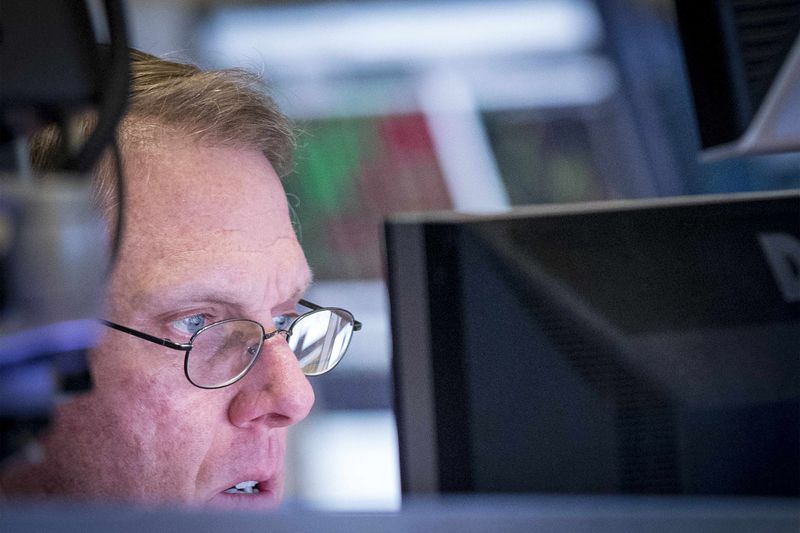Benzinga - by Shanthi Rexaline, Benzinga Editor.
Bitcoin (CRYPTO: BTC) has been moving sideways ever since the halving event that took place late Friday, and Cathie Wood’s Ark Invest on Monday weighed in on the potential impact of the event.
What Happened: The growth in Bitcoin supply fell from 1.8% to 0.9% at an annual rate, said Yassine Elmandjra, Director of Digital Assets, at Ark. The crypto’s supply growth, therefore fell below the supply of gold, which is estimated to be 1.7% in 2023, he said.
Explaining the process of halving, the analyst noted that due to Bitcoin’s “mathematically metered supply growth,” the reward for mining a block halves every 210,000 blocks, and this takes place roughly every four years. The first halving that occurred in November 2012, reduced the reward from 50 to 25 bitcoins per block and Friday's halving reduced the block reward from 6.25 to 3.125 bitcoins per block, he added.
“The halving is critical to Bitcoin's design, highlighting its predictable monetary policy and Bitcoin's role as a scarce asset,” the analyst said.
“By reducing miner rewards by 50% every four years, Bitcoin lowers the supply growth … on a predetermined schedule, guaranteeing that the total number of bitcoins outstanding will never exceed 21 million, its predetermined cap.”
On the contrary, sovereign or government-backed currencies’ supply growth can be adjusted at will by central bank policymakers, Elmandjra said.
Bitcoin’s circulation currently stood at about 19.7 million, which is only 6.5% below the 21 million at which it is capped, he said.
The analyst also flagged the possibility of an imminent rally. “Since its inception 15 years ago, Bitcoin's halving has taken place in the context of extended bull market runs,” he said. In the 12 months following the three previous halvings, Bitcoin’s price appreciation has ranged from about 285% to about 8,478.2%, with an average gain of around 3,108%, he said.
Why It’s Important: Bitcoin rallied hard in the run-up to the halving event but has seen lackluster sentiment since then. The crypto peaked at $73,750.07 on March 14, with the optimism that lingered after the launch of the spot Bitcoin ETFs contributing to the strength.
After coming off the level and breaking below the $70,000 barrier, the crypto resumed its uptrend ahead of the halving. Come April along with the risky bets, Bitcoin came under pressure due to fears that the Federal Reserve may not cut rates this year amid stubbornly high inflation.
The Fed may have to reverse its rate hikes some time down the line, which could reignite a rally in all risky bets.
While Ark’s comparison with gold supply suggests Bitcoin is becoming less inflationary than the yellow metal, Peter Schiff has always shunned branding it as a form of digital gold.
At last check, Bitcoin was little changed at $66,145.63, according to Benzinga Pro data.
Read Next: Bitcoin To More Than Double In Value To $150K By Year-End, Says Standard Chartered Analyst: ‘We Can Push Higher Again’
© 2024 Benzinga.com. Benzinga does not provide investment advice. All rights reserved.
